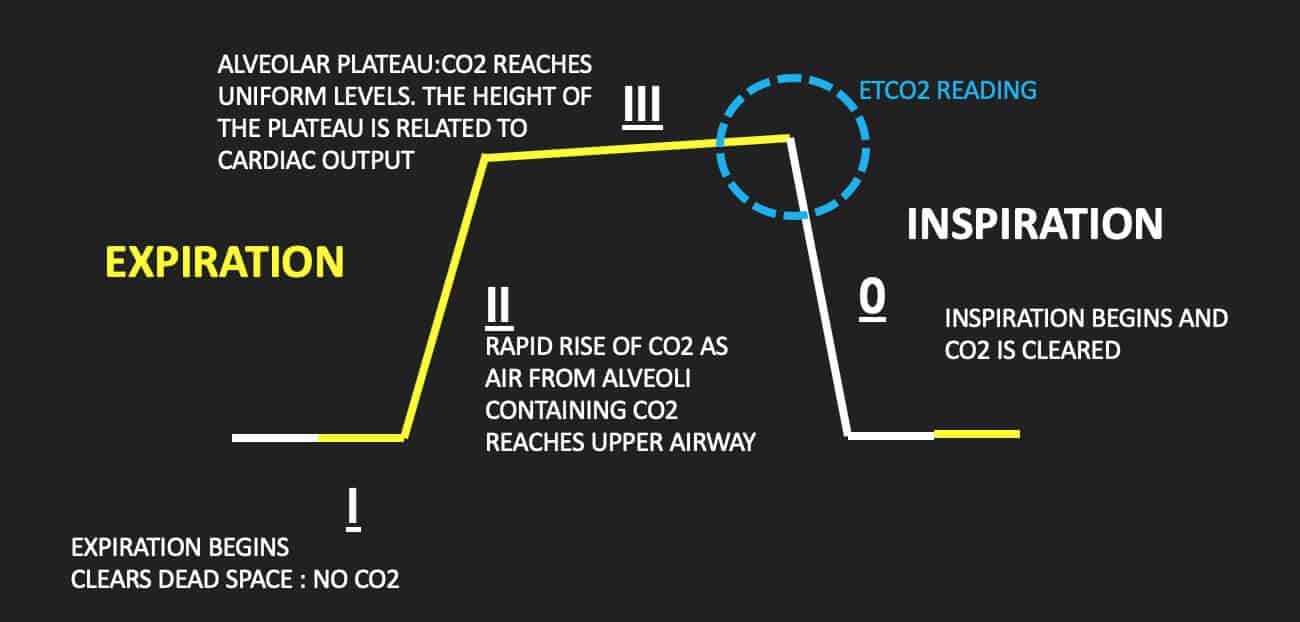normal end tidal co2 uk
2014 Apr14 2 Objective. Current guidance recommends an end-tidal carbon dioxide.

End Tidal Capnography Background Indications Technical Considerations
Capnography is the monitoring of end-tidal carbon dioxide in waveform and numeric display.

. Table of Contents. For this technology to be useful the critical care nurse must have a clear understanding of the normal capnography waveform and what the alterations in this waveform represent. ETCO 2 levels reflect the adequacy with which carbon dioxide CO 2 is carried.
Figure 1 Diagram of a normal capnogram that includes the inspiratory and expiratory phase. Although the normal range for CO2 should be between 35-45mmHg CO2 monitoring gives healthcare providers a lot more insight into what is going on with a patients condition. Phase 0 inspiratory phase.
Or partial pressure of carbon dioxide measured somewhere near the mouth at the end of a normal exhalation hence end tidal end of tidal volume breath To. End-tidal CO2 EtCO2 monitoring is a noninvasive technique which measures the partial pressure or maximal concentration of carbon dioxide. The critical care nurse can use this information to plan patient care.
Circulating blood CO 2. End-tidal carbon dioxide monitoring in neonatesInfant 2008. A normal capnograph Figure 1 has a square-wave pattern which begins in inspiratory phase peak expiratory CO2 PECO2 0 mmHg and will continue until the expiratory phase 6.
What is ETCO2. It is the standard of care during certain. In normal lungs the end-tidal CO 2 tension is 0508 kPa less than the arterial CO 2 tension and is a useful non-invasive estimate of arterial CO 2.
Levels range from 30s and 40s. End tidal CO 2 monitoring is represented as a number and a graph on a monitor. Happens suddenly with an inspiration.
The number is called capnometry which is the partial pressure of CO 2 detected at the end of exhalation. 35-45 mmHg End-tidal CO2 EtCO2 monitoring is a noninvasive technique which measures the partial pressure or maximal concentration of. End-tidal carbon dioxide ETCO 2 is the level of carbon dioxide that is released at the end of an exhaled breath.
The level of CO 2 gradually rises during exhalation showing an approximate equalization with the CO 2 value in alveoli in the lungs hence the phrase end-tidal. In patients with normal pulmonary function CO 2 normally 35 to 45 mm Hg and ETco 2 should correlate closely with a deviation of about 2 to 5 mm Hg. Objectives In the UK 20 of patients with severe traumatic brain injury TBI receive prehospital emergency anaesthesia PHEA.
End-tidal CO2 ETCO2 monitoring is not a new modality in the pediatric emergency department PED and emergency department. Non-invasive carbon dioxide monitoring Key points Harigopal S Satish HP.

Alternative Uses Of Etco2 In The Pre Hospital And Critical Care Settings Flightbridgeed

Learn More With This Respiratory Article By Melissa Marshall
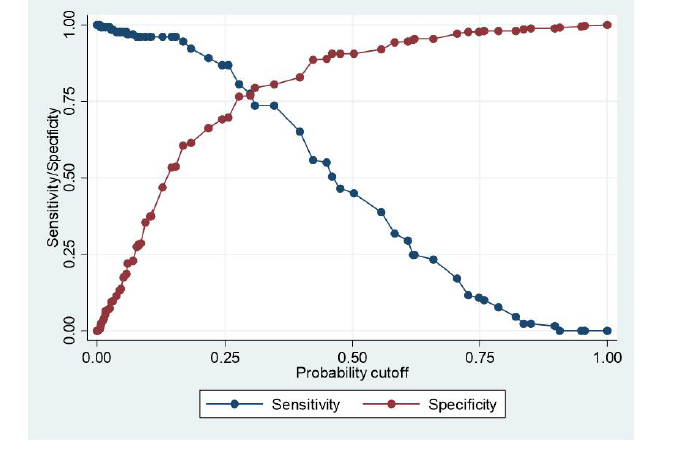
European Journal Of Respiratory Medicine

Be All End Tidal The Expanding Role Of Capnography In Prehospital Care Ems Med
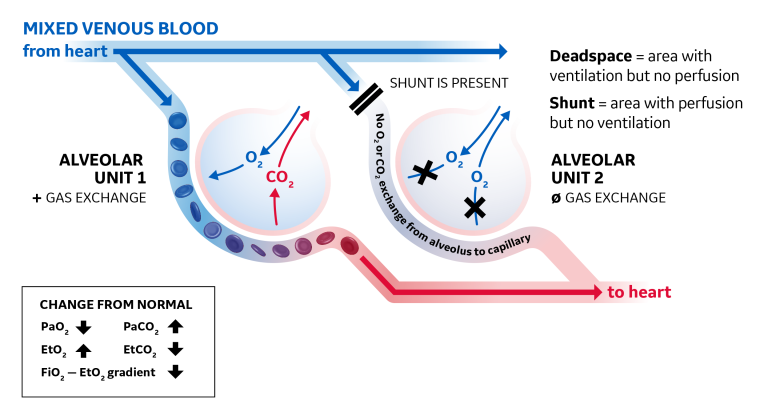
Co Monitoring And Capnometry Clinical View
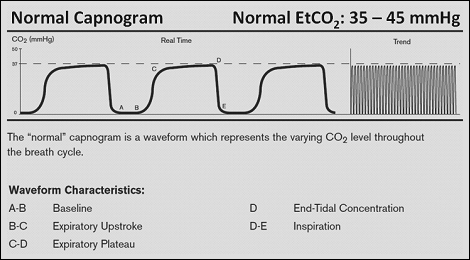
R Series Advanced Monitoring Capnography Waveforms Zoll Medical

Sar Helicopter Paramedic Practice Etco2 Measuring To Assist With Cpr Attempts Journal Of Paramedic Practice

Capnography Monitoring Co2 Journal Of Paramedic Practice
Capnography The Basics And Beyond Alfaxan Anaesthetic Injection

5 Things Ems Should Know About Waveform Capnography

Potential Applications Of Capnography In The Prehospital Setting Journal Of Paramedic Practice
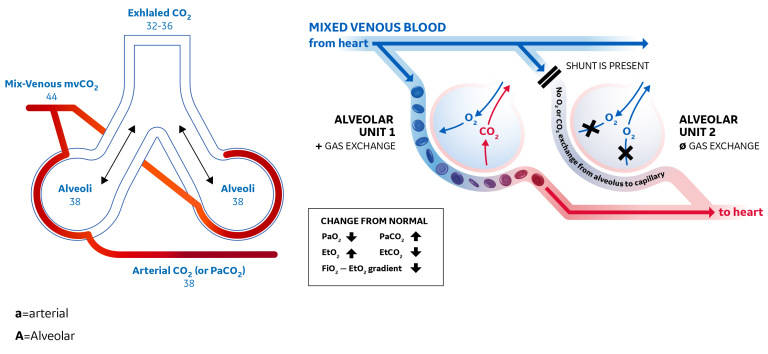
Co Monitoring And Capnometry Clinical View

How To Read And Interpret End Tidal Capnography Waveforms

Capnography Monitoring Co2 Journal Of Paramedic Practice

Uses Of Capnography In The Critical Care Unit Semantic Scholar


